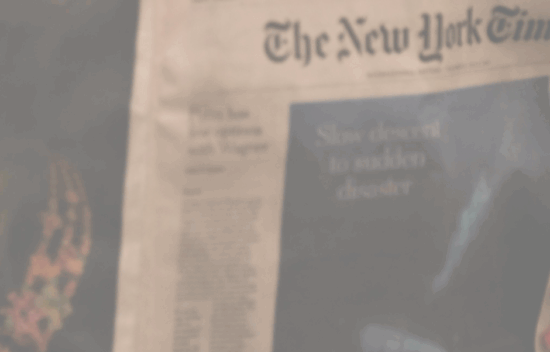
Fact, Opinion, and Inference
Guiding Questions
- What are the differences between facts, opinions, and inferences?
- How are facts, opinions, and inferences presented in the media?
- How can consumers of media distinguish between fact, opinion, and inference?
Objectives
- Students will classify statements from media sources into facts, opinions, or inferences.
Resources
- Three different colored highlighters or colored pencils
- New York Times, AP, Newsmax among news outlets who say they won’t sign new Pentagon rules
Anticipate
Glossary term(s): Media, Fact, Opinion, Inference
- Ask students to observe the classroom setting and write down one fact based on what they see. Example: Students may note what the current time on the clock is.
- Go around the room with students, sharing their facts, and record a few of them on the board or digital platform.
- Ask students what inferences can be made from the facts that were shared and recorded.
- An example might be given, such as someone pointed out the fact that there was one person absent, an inference could be the empty desk is where that student sits.
- Next, ask students how challenging it was to not include opinions in the fact or inference round.
- If it is clear that students have an understanding of the difference between fact, opinion, and inference, move on to the Engage section.
- If students need a bit more help, share the definitions with them
- Facts- objective statements that can be verified
- Opinions-subjective statements that include personal beliefs, feelings, or judgments
- Inferences- logical conclusions based on facts
Engage
- Transition: Let’s look at a recent media message and ask: Based on the title, do you expect more facts, opinions, or inferences?
- Display the current event article headline.
- Think-Pair-Share:
- What do you expect more of—facts, opinions, or inferences? How do you know?
- Ask students “why is it important for us to be able to distinguish between fact, opinion, and inference?”
Explore
- Provide students with the current event article.
- Using one colored highlighter for each, have students highlight or underline where they find facts, opinions, and inferences in the article.
Assess & Reflect
Assessment Option 1:
- Students complete an exit ticket:
“Based on this fact(s) provided in this article_______, I can make the following inference ___”
Assessment Option 2:
- Prepare 12 statements (mix of facts, opinions, and inferences) of topics you have learned about already in class. Have students sort them into 3 labeled categories using:
- Paper cutouts (if in-person)
- Google Slides/Docs drag-and-drop (if digital)
Extend (Optional)
- Challenge students to find their own media source (article or video clip) that features facts, opinions, and inferences. Have them note examples of each within the media source.
